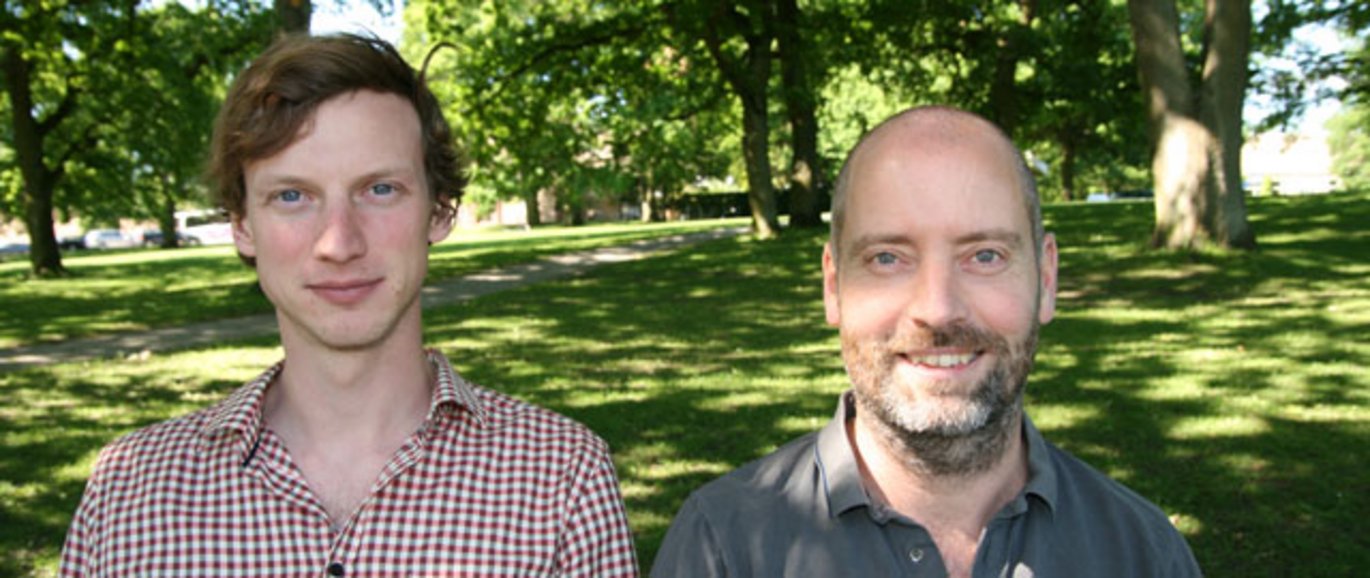A novel strategy to sort functional from non-functional RNA
The human genome is promiscuously transcribed yielding RNA from >75% of its DNA. It is presently intensely debated how much of this material is functional. Danish researchers have devised a method to help address this problem.

In addition to its ~20.000 protein-coding genes, the human genome harbours an even larger number of genes encoding the so-called ‘non-coding RNA’ (ncRNA). While some ncRNAs are clearly critical to cells, there is an ongoing and heated debate about how many have clear molecular functions. This is an important question, because if just a fraction of these molecules is functional, the number of cellular genes would rise dramatically.
Researchers at the University of Copenhagen and Aarhus University have now devised a combined experimental and computational method, which classifies ncRNAs based on their biochemical properties inside human cells. The strategy relies on a systematic categorisation of human RNAs by the nature of their transcription initiation, by their overall expression levels and by their sensitivity to the RNA-degrading exosome complex. These measures are surprisingly effective at correctly classifying annotated transcripts, including ncRNAs of known function.
Although the project revealed that most ncRNAs are degraded faster than protein-coding mRNAs, it also identified uncharacterised stable lncRNAs, hidden among a vast majority of unstable transcripts. This implies that most ncRNAs do not have functions that require high cellular levels – but those who have can be pinpointed. These RNA can now be further analysed and their possible functions revealed.
The article, which was spearheaded by postdoctoral fellows Robin Andersson and Peter Refsing Andersen from the groups of professors Albin Sandelin and Torben Heick Jensen, respectively, is online at the prestigious journal Nature Communications: Andersson et al., Nuclear stability and transcriptional directionality separate functionally distinct RNA species.
More information
Professor Torben Heick Jensen
Centre for mRNP Biogenesis and Metabolism
Department of Molecular Biology and Genetics
Aarhus University, Denmark
+45 6020 2705, thj@mbg.au.dk
